Beauty: A Very Short Introduction (Very Short Introductions)
£7.10£8.50 (-16%)
In this Very Short Introduction the renowned philosopher Roger Scruton explores the concept of beauty, asking what makes an object – either in art, in nature, or the human form – beautiful, and examining how we can compare differing judgements of beauty when it is evident all around us that our tastes vary so widely. Is there a right judgement to be made about beauty? Is it right to say there is more beauty in a classical temple than a concrete office block, more in a Rembrandt than in last year’s Turner Prize winner?
Forthright and thought-provoking, and as accessible as it is intellectually rigorous, this introduction to the philosophy of beauty draws conclusions that some may find controversial, but, as Scruton shows, help us to find greater sense of meaning in the beautiful objects that fill our lives.
ABOUT THE SERIES: The Very Short Introductions series from Oxford University Press contains hundreds of titles in almost every subject area. These pocket-sized books are the perfect way to get ahead in a new subject quickly. Our expert authors combine facts, analysis, perspective, new ideas, and enthusiasm to make interesting and challenging topics highly readable.
Read more
Additional information
| Publisher | Illustrated edition (24 Mar. 2011), OUP Oxford |
|---|---|
| Language | English |
| Paperback | 208 pages |
| ISBN-10 | 0199229759 |
| ISBN-13 | 978-0199229758 |
| Dimensions | 1.52 x 11.18 x 17.27 cm |

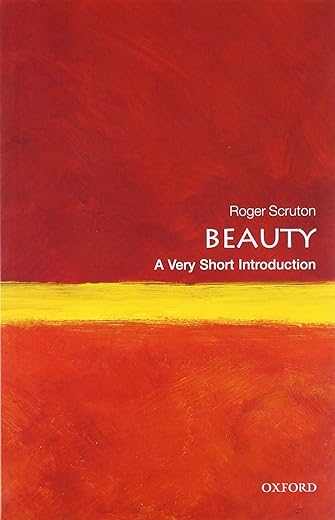

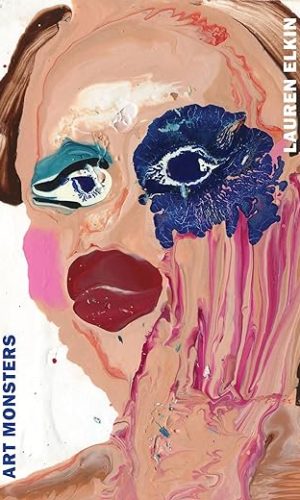

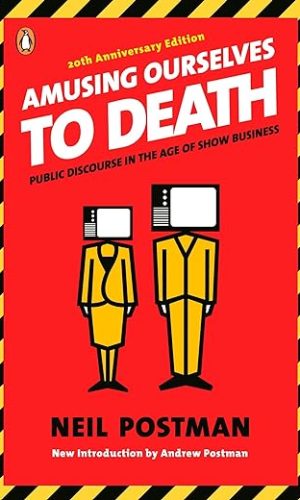
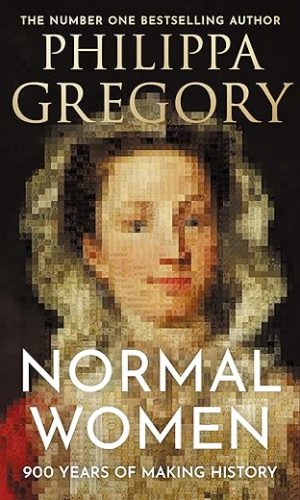
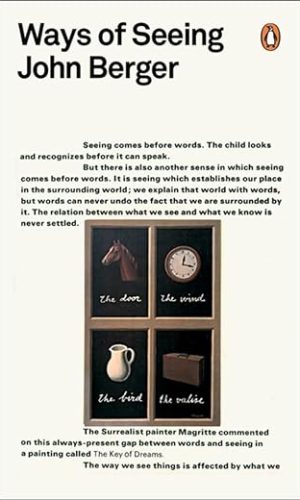
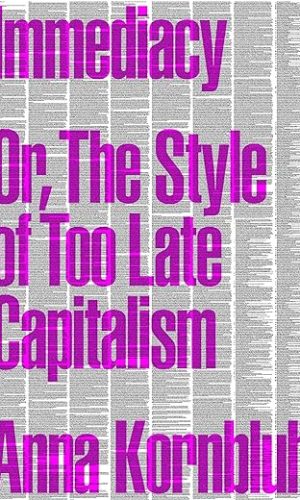
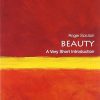
by Amazon Customer
I like this book. It looks at the subject from every possible aspect and although not an easy read it is thought-provoking instructive and interesting
by John Ferngrove
Small in size, brief in length, but with great density of content, this book is itself a physical realisation of the values it propounds. In many ways it serves as the introduction to aesthetics that I was expecting, and which would have perhaps shallowed the learning curve that I had to negotiate, with his far more demanding
The Aesthetics of Music
. As ever, the clarity of Scruton’s arguments matches the precision and elegance of his prose. The main bulk of the book is a presentation of the broad history of aesthetic ideas arranged according to themes that assess our responses to beauty in nature, everyday life and our fellow beings. This culminates in the discussion of beauty in Art where some hint of the intensification of the vexatiousness and technical difficulties of the attendant issues is given. The final two chapters are social commentary dealing with themes that will be familiar to those who have read other Scruton titles; the proper role of the erotic in Art, and the apparent ‘retreat from beauty’ that would seem to characterise much of modern life. Along the way new ways of seeing, thinking and feeling about familiar things are suggested to us, and we are assisted in giving explicit rational form to our inchoate intuitions, and perhaps most importantly we are asked to consider how they contribute to a life well lived. Scruton is a rare and marvellous example of a modern philosopher who is determined to tackle those questions that define its most venerable traditions, and which most modern philosophy has abandoned, namely those that pertain to the right way to live. Questions that have no right answer but that must be asked afresh by each new generation, especially in times such as ours of rapid and radical change. As one reads more of his works one starts to sense the emergence of an overriding systemicity to his thought that starts to bind together questions that would seem to be superficially unrelated, the political ramifications of aesthetic value being just one obvious example. In that light it would seem that this little book is as close as we get to a foundation to this system.
I by no means agree with all of Scruton’s views. I can’t dismiss the sense that some of his ideas are a bit too deeply rooted in privilege for my ‘taste’. Nonetheless, there is an undeniable sense of seeing the world with a clear and steady eye, that is informed by the deepest sources of Western history and tradition, that makes so much of modern cultural and social criticism, from both left and right, seem childishly hysterical in comparison. Thus, even when I disagree with Scruton I find myself grateful to him for giving me an intellectual framework within which to think clearly about the issues and their interrelations that he brings to light. My only regret with regards the book is that I cannot discuss some of those issues and seek verbal clarification, particularly in relation to some of the subtler aspects of the chapter on Beauty in Art, from the man himself.
by Blue Ostinato
An Introduction to Beauty by Professor Roger Scruton is an absolutely sublime and concentrated introduction to the topic of beauty and aesthetics.
This book is written with serious academic rigor and draws from cultures across the world to help us appreciate that yes, there is such a thing as real beauty, that it is a highly spiritual and metaphysical endeavour, and that what passes for “modern art” now is an obvious abomination, an insult to the word “art” in particular and the public in general. The fable of “The emperor’s new clothes” aptly sums up the pretence of modern so-called-art.
Being a book written in English, by an Englishman, for an English-speaking audience, it is natural that this introduction will concentrate predominantly on the topics with…
A) The most literature and academic study.
B) The most famous works of art for the layman to recognise and appreciate and
C) The European/Hellenistic/Romanesque heritage that comprises most of the contents of the former two considerations.
However, Professor Scruton did not live in ignorance of other cultures (it would be a fruitless endeavour to try and arrive at a universally recognised intuition of beauty without looking worldwide), and he writes about examples from across the world such as the aesthetics of the Japanese tea ceremony, the dances of Indian tradition and the domineering architecture of ancient Egypt.
However, the point of this introduction is not to sweat tirelessly to equally represent all genders, cultures and heritages in a tiny introduction booklet. The point of this book is to introduce you to the concepts and nuances, in the appreciation of aesthetics and the messages conveyed in surroundings; from street buildings to the simple array of food and drink on a table. For example, he speaks of the jug of wine in the middle of the typical Mediterranean dinner table as an aesthetic statement; one that alludes to a certain style of warm relaxed life and easy access to rough wine, the aspects of daily life that are themselves an act of self-knowledge, self-awareness.
Furthermore, Professor Scruton uses many examples to explain the subtleties in difference between, say, representation and expression or erotic art and pornography, and why the distinctions are crucially important. Other sections deal with the obvious relativistic objections that arise from such a book as this, and he handles them masterfully.
For example, the elevation of the grotesque we see in so many modern so-called-art galleries today has philosophical and even political reasons and Scruton starts with Duchamp’s objectively awful 1917 “work” called “Fountain”, which is literally just a porcelain urinal on the floor with some graffiti on it. We see modern cliché imitations of this shock value kitsch throughout the 20th and now 21st century, from Andres Serrano’s award-winning desecration called “piss christ” (A crucifix floating in a vat of the “artist’s” urine) to the sculpture of an arse that won acclaim at the Tate modern. Truly, the beret-wearing, vice-reading petit bourgeois have been lapping it up for decades. Anyone daring to counter this new orthodoxy of the ugly and profane is dismissed out of hand, perhaps even condemned. Professor Scruton demolishes them completely.
You’ll feel refreshed at the sound of reality being spoken once again, as real beauty is proclaimed and explained. Perhaps even nervous, as is the natural response these days when someone dares to put their head above the parapet and tell an unfashionable truth.
The further reading section is excellent, and I would highly recommend reading some of the selections from the list such as Wendy Steiner’s “Venus in Exile”.
If you didn’t like the book, well that’s fine. Perhaps just consider it a piece of provocative art?
by Christopher
I love the “Very Short Introduction” series because these books are extremely thoughtful and they cut through to the fundamentals of a topic. This is definitely the best “Very Short Introduction” I have read!
Scruton not only explores the philosophy of “beauty” (a rare commodity in this age), but he also (with subtlety) suggests a framework for understanding and exploring art itself.
For anyone interested in art, this is a must read!